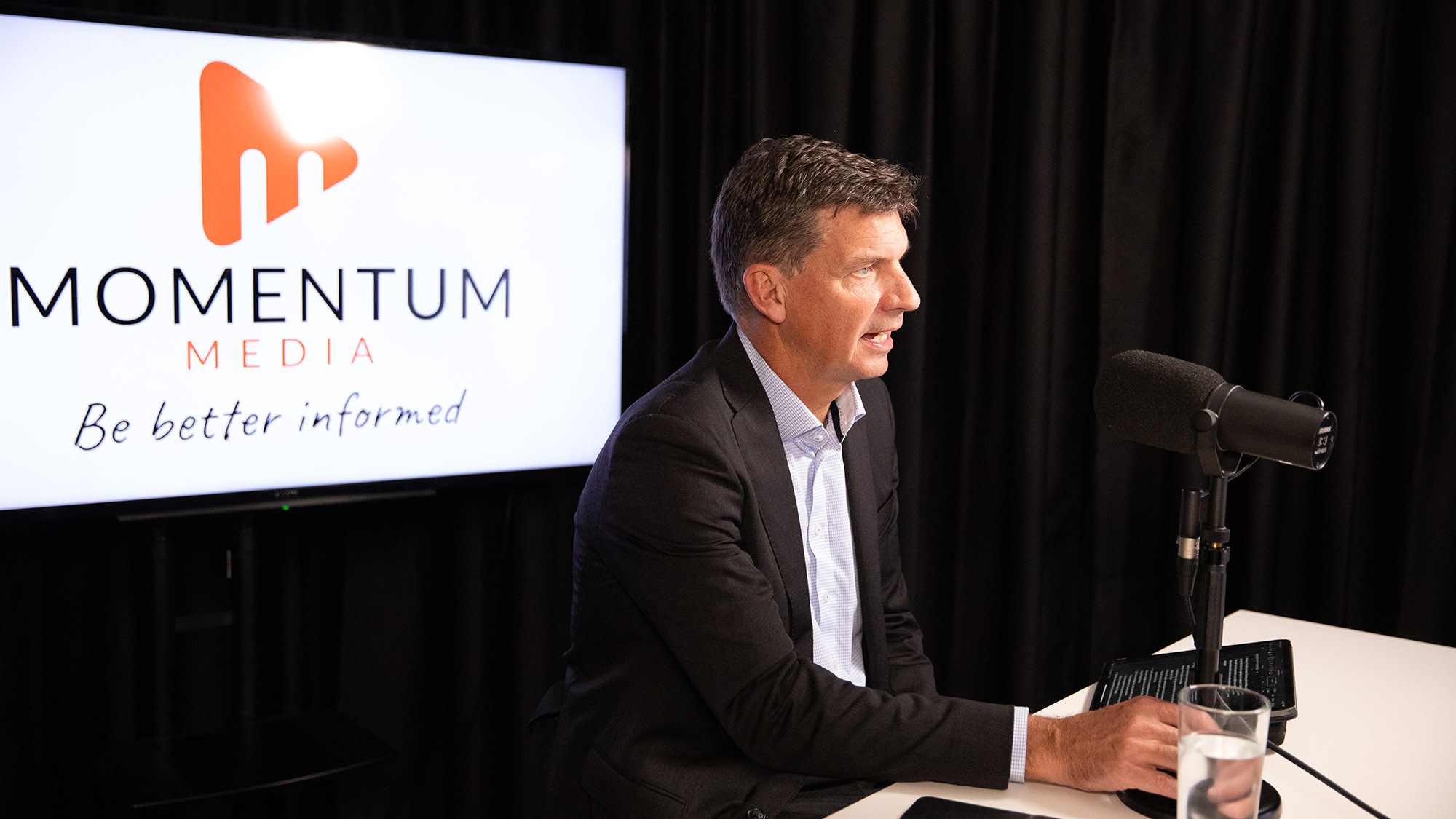Future advice intentions on the rise: ASX


A growing number of Australians plan to seek advice in the next 12 months, but cost continues to be a major barrier, according to the latest ASX Australian Investor Study.
Compared to some 24 per cent three years ago, close to a third (29 per cent) of Australians plan to seek advice in the coming year. A further 23 per cent, up from 18 per cent, said they plan to seek advice but not in the next 12 months.
When broken down by high-value investors (HVIs), 52 per cent of HVIs said they intended to get advice within the next 12 months and 17 per cent would at a later date.
The research, conducted on behalf of the Australian Securities Exchange (ASX) by Investment Trends, surveyed over 5,500 Australian adults, including current investors and non-investors.
It found that almost half (48 per cent) of investors received some form of professional advice and sought help from multiple sources over the past 12 months. Such advised investors also held higher median portfolio balances than non-advised investors ($230,000 versus $85,000).
Twenty-six per cent went to a professional financial planner or adviser while 18 per cent talked with their accountant. Seven per cent used a full-service stockbroker as a source of advice.
Among those who had never invested, 53 per cent said a financial adviser would be their most likely choice for professional advice, rising to 88 per cent of younger next-generation investors.
Barriers to advice
The cost of accessing advice continued to be the largest hurdle for both investors and non-investors, with over a third of Australians (34 per cent) perceiving it as too expensive. This figure had grown since the last ASX Australian Investor Study in 2020 when 24 per cent saw advice as too expensive.
Concerns around the size of savings also impacted this belief as 21 per cent of Australians thought their investment was too small to warrant advice. Another barrier was identified as trust issues with advisers (15 per cent).
In terms of cost, on average, investors said they would pay $1,270 annually to receive advice, an increase from $1,100 in 2020. Unfortunately, the report noted this would not cover the average advice fee that stood at some $3,500 at present.
This median amount varied significantly by demographic with female investors prepared to pay $460, male investors prepared to pay $840, SMSF investors willing to pay $1,070, and high-value investors prepared to pay $3,000.
“In fact, fewer than 10 per cent would be willing to pay $3,000 or more for advice. This may account for why over 50 per cent of all investors have not received professional advice in the past 12 months,” it stated.
Changes in attitudes
Among those who’ve never invested and are looking to invest in the next 12 months, a very small portion (9 per cent) said they wouldn’t seek professional help. This cohort said they were willing to pay a median $410 for advice.
Advisers topped their list of potential sources of advice at 60 per cent, followed by stockbrokers (28 per cent).
The report found Australians are more likely to turn to a financial adviser because they feel uncomfortable making investment decisions themselves. The figure stood at 35 per cent in 2023, compared to 31 per cent three years ago.
Younger investors who had never invested indicated a greater desire to seek an adviser compared to their older counterparts.
Interestingly, women who had never invested are more likely (57 per cent) to choose professional advice than men (43 per cent). They are also more likely to prefer in-person advice.
When investors were asked to outline the extent they trusted Australia’s financial institutions, regulators ASX and the Australian Securities Investments Commission (ASIC) came out on top in 2023, followed by accountants and super funds. Advisers, banks, and stockbrokers were among the lesser-trusted institutions.
Digital advice
Notably, it seemed the general population’s understanding of digital advice remained surprisingly low at 31 per cent, despite the fact it had been in Australia for almost a decade.
Investors who had started investing in the past year are most likely to be using digital advice with 25 per cent using it and intending to continue to do so.
“The chief reason why investors are not using digital advice is they do not know enough about it. This reason was cited by 31 per cent of current investors, 37 per cent of intending investors, 34 per cent of female investors, and 37 per cent of those who think advice is too costly,” the report stated.
“Raising awareness about the benefits and risks of these tools among these groups could represent a sizeable growth opportunity for the digital advice sector.”
However, 15 per cent of those investors who felt advice was too expensive said they intended to use digital advice in the future.
Recommended for you
Two industry executives have highlighted why financial advice practices are less focused on adviser recruitment, as technology means they can service more clients with fewer staff.
Despite fears under the first draft QAR bill, ASIC has confirmed that it does not expect superannuation trustees to check every Statement of Advice.
Iress has signed a three-year extension of its agreement with Count, enabling the financial services firm to continue using advice software Xplan to support its growth ambitions.
Single adviser-led firms continue to expand their footprint in the Australian advice ecosystem, Adviser Ratings research shows, as market conditions prove favourable for boutique practices.
















The primary way to bring down costs for consumers is to change the Annual Fee Renewal Form to a one-off form that is only changed when the fee amount changes, or when the client wishes to Opt Out. More so, given that this highly cost-inefficient ongoing red tape does not exist in any other nation on earth. Until then, advice (as we currently know it) will always remain the domain of the rich, which is a shocking travesty against time-poor working families. Also, people will pay an additional fee. Just look at the number of people who pay a co-payment to their Doctor for health services. The days of "free" advice & "free" health care are numbered for most people. And despite what they say, they know it.
Add new comment